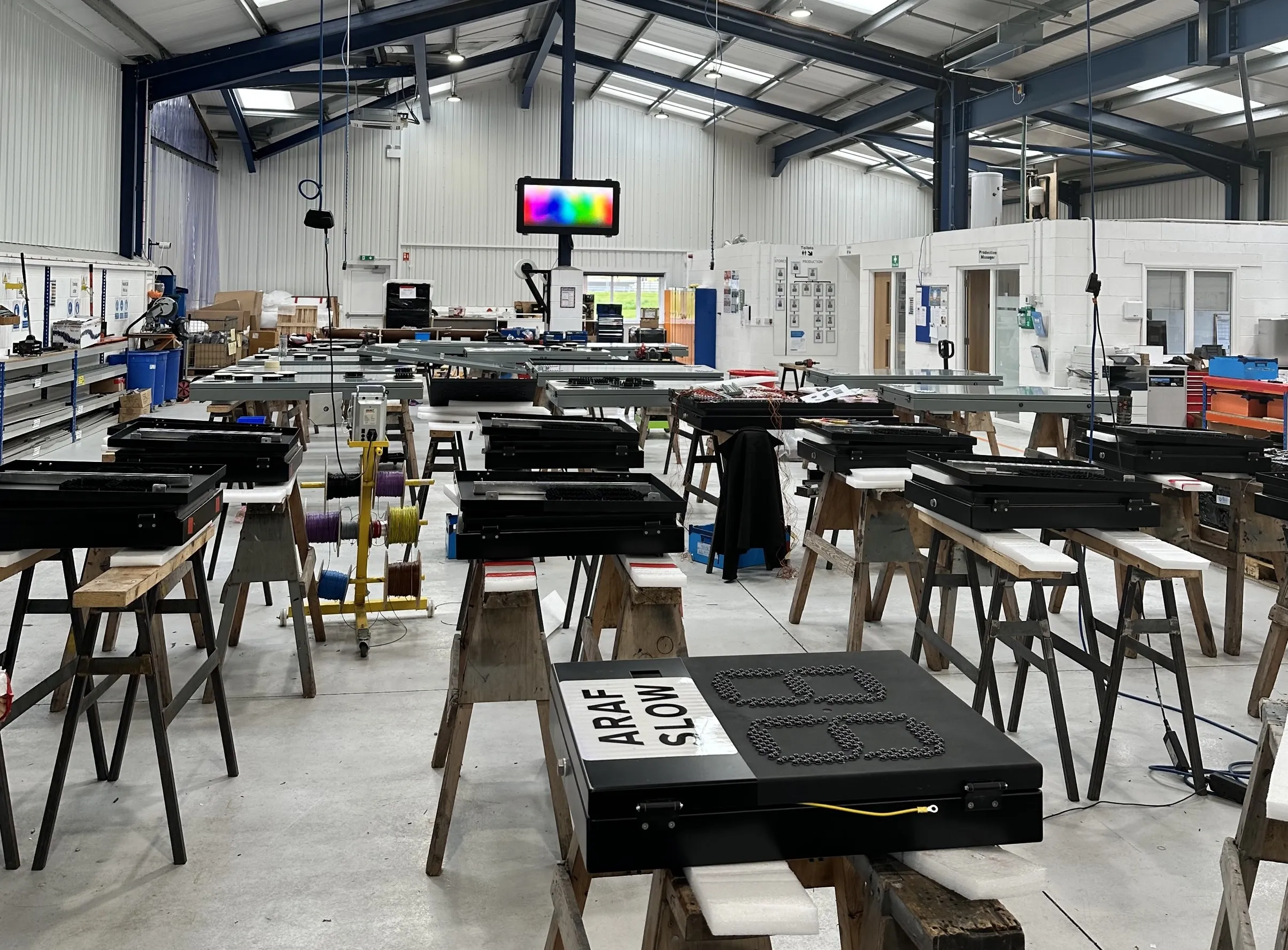The contract includes LED DMS in full colour and amber for maximum flexibility. The full colour DMS allows for more complex messaging including graphics, while amber LED DMS is most commonly used for text messages, tolling, and travel time messaging.
Skyline’s DMS utilise the highest-quality amber and colour LEDs available, providing uniform colour and brightness for clear, legible messaging. Additionally, Skyline’s full-feedback technology lets you know signs are displaying correct messages at all times.
“The state-wide contract with Arizona allows the DOT to have DMS that have been proven to work for transportation systems across America as well as gain the advanced functionality and dependability for which Skyline is known,” says Chip Stadjuhar, president and CEO of Skyline Products.
Arizona DOT renews Skyline Products’ DMS contract
Skyline Products announced it has renewed its state-wide contract with Arizona Department of Transportation (ADOT) and will continue to be the provider for ADOT dynamic message signs (DMS), both full colour and amber. The contract includes LED DMS in full colour and amber for maximum flexibility. The full colour DMS allows for more complex messaging including graphics, while amber LED DMS is most commonly used for text messages, tolling, and travel time messaging.
August 6, 2014
Read time: 2 mins









